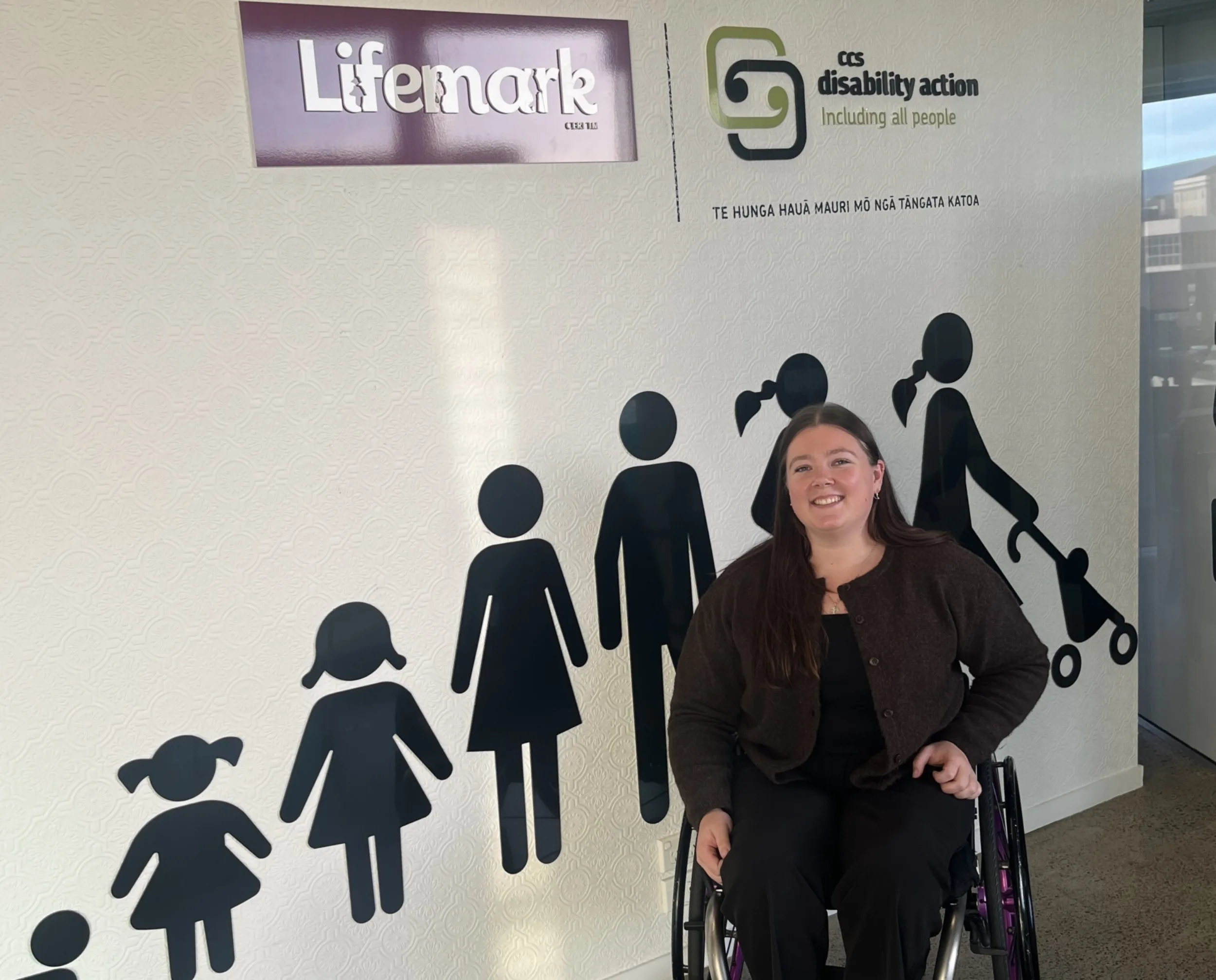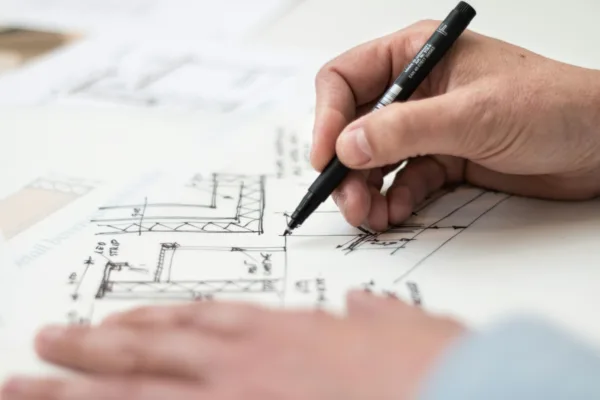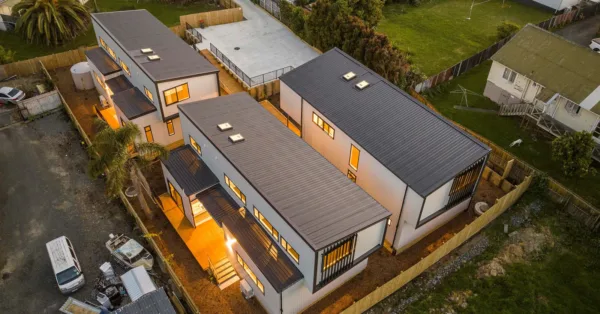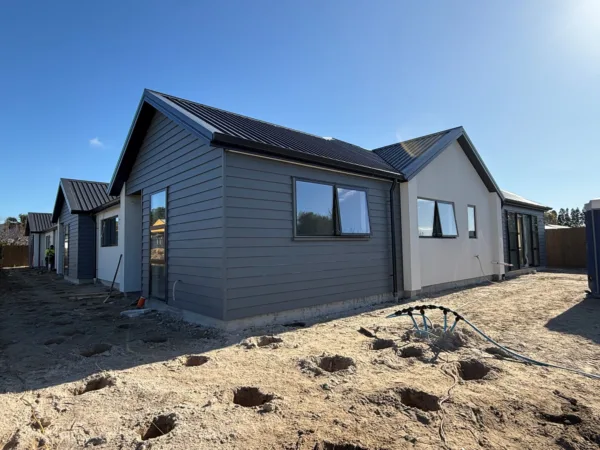Building the Future of Accessible Design: Gabrielle Wright’s Internship at Lifemark®
Building the Future of Accessible Design: Gabrielle Wright’s Internship at Lifemark®

At Lifemark®, we believe that Universally Designed housing shouldn’t be the exception – it should be the expectation. That belief is shared by a growing number of industry professionals, like Gabrielle Wright, a third-year architecture student whose lived experience and creative vision are channelled through her passion for inclusive design.
Turning challenges into creative solutions for accessible housing
Gabrielle joined Lifemark® as an intern this winter, bringing with her a unique perspective shaped by personal resilience and a deep commitment to accessibility. At age 12, Gabrielle was diagnosed with transverse myelitis, a condition that left her paralysed from the waist down. Navigating a world not built for everyone sparked a keen interest in inclusive architecture.
“I struggled a lot with accessibility,” Gabrielle shared. “That’s when I started to form this passion for making it better. I’ve always been creative, and I loved drawing and design as a kid – so architecture just made sense.”
Her vision for accessible design goes far beyond ramps and lifts. Gabrielle advocates for design practices where accessibility is embedded from the outset, ensuring it fully aligns with the visual and functional goals of a space.
“A few years ago, accessibility often looked like a hospital room. I hated that. I want accessibility to blend into the natural aesthetics of a building,” she explained. “That’s the kind of approach Lifemark® is focused on – integrating accessibility seamlessly into design, rather than treating it as an afterthought.”
During her internship, Gabrielle worked alongside the Lifemark® team on real-world projects, including hospital designs for the care of older adults. She’s also been involved in evaluating plans against Lifemark®’s standards and learning about accessibility considerations for a wide range of ages, stages and access requirements.
“One of the most interesting things I learned was designing hospital rooms so patients can see the toilet from the bed. It helps dementia patients remember to use the bathroom. It’s the opposite of what most architects are typically taught to do, but it makes a huge difference for accessibility.”
Gabrielle’s passion for equitable experience, where everyone who enters a building has the same dignity and access, is a value Lifemark® shares deeply.
“Everyone should have the same experience. You shouldn’t be shuffled around the back door because you use a wheelchair.”
Championing accessibility in architectural education and practice
Despite accessibility being largely absent from her university curriculum, Gabrielle has taken initiative to educate herself and others.
“Accessibility is hardly taught at all. What I’ve learned is through my own lived experience and research. That’s why I reached out to Lifemark® – I wanted to learn more and bring that knowledge into my final year projects.”
Her creativity and insight have already made an impact on her peers, and she hopes to continue that influence in her future career.
“I want to own my own architecture firm one day, where accessibility is front of mind. That’s not something you see a lot of in New Zealand right now.”
Gabrielle’s journey with Lifemark® began several years ago when she was featured on Attitude TV, and Lifemark® was invited to contribute to her story. That early connection came full circle when she reached out to the team for an internship opportunity.
“I’m super grateful for the team. They’ve been so amazing and welcoming.”
Gabrielle’s time at Lifemark® has been a powerful intersection of lived experience, creative thinking, and a shared vision for better housing design. Her story reflects the kind of innovation and insight that can shape a more inclusive future – one where accessibility is not an afterthought, but a foundation.





